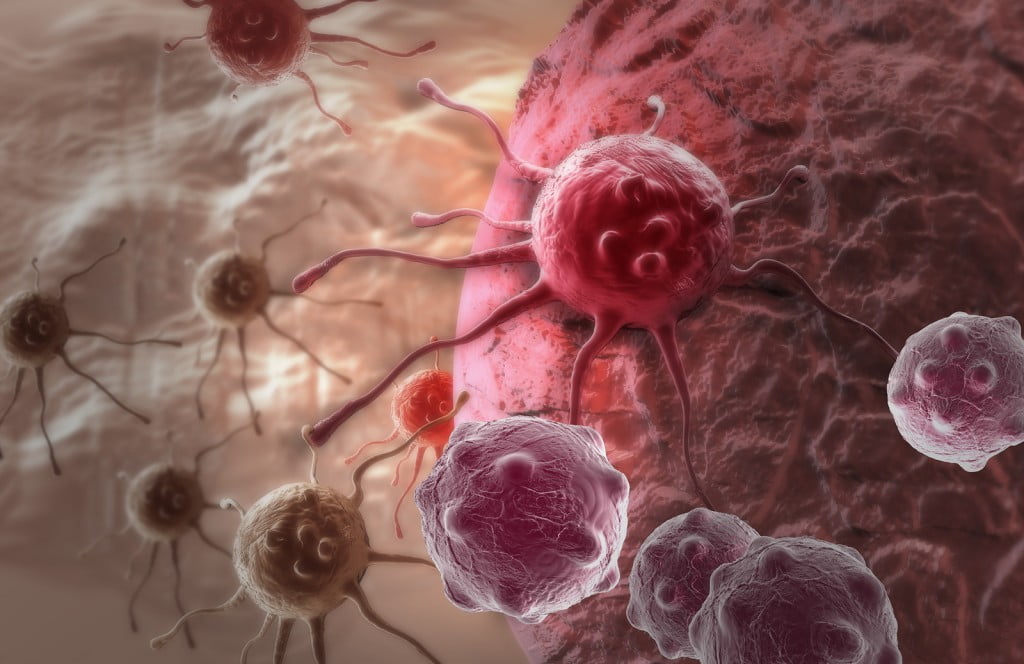Skin cancer is the most common of all cancers, and melanoma – which accounts for 2 percent of skin cancer cases – is responsible for nearly all skin cancer deaths. Melanoma rates in the US have risen rapidly over the last 30 years, and although scientists have identified key risk factors, melanoma’s modus operandi continues to elude the world of medical research.
Now, a new Tel Aviv University study sheds light on the precise trigger that enables melanoma cells to become invasive killers, providing a future method to block cancer by pinpointing the precise place in the process where “traveling” cancer turns lethal.
SEE ALSO: Cure For Terminal Cancer
If melanoma is caught in time, it can be removed and the patient’s life can be saved. But once melanoma invades the bloodstream, turning metastatic, an aggressive treatment must be applied. When and how melanoma transforms into aggressive invader remained a mystery – until now.
SEE ALSO: New Vaccine Triggers Response In 90 Percent Of Cancer Types
The study, recently published in the academic journal Molecular Cell, was led by TAU’s Dr. Carmit Levy, along with researchers from the Technion, Sheba Medical Center, and the Hebrew University.
“It occurred to me that there had to be a trigger in the micro-environment of the skin that made the melanoma cells invasive,” Levy said in a statement. “Using the evolutionary logic of the tumor, why spend the energy going up when you can just use your energy to go down and become malignant?”
Sign up for our free weekly newsletter
Subscribe“We could stop the progression of cancer”
After collecting samples of normal skin cells and melanoma cells from Israeli patients, the researchers mixed normal and cancerous cells and performed gene analysis expression to study the traveling cancer’s behavior. They found that, completely independent of any mutations, the biological micro-environment of the cell alone drove melanoma metastasis.
“Normal skin cells are not supposed to travel,” says Levy. “We found that when melanoma is situated at the top layer, a trigger sends it down to the dermis and then further down to invade blood vessels. If we could stop it at the top layer, block it from invading the bloodstream, we could stop the progression of the cancer.”
The researchers found that the direct contact of melanoma cells with a layer of the skin turned on a set of genes that promotes changes in melanoma cells, rendering them invasive.
“Now that we know the triggers of melanoma transformation and the kind of signaling that leads to that transformation, we know what to block,” Levy says. “Maybe, in the future, people will be able to rub some substance on their skin as a prevention measure.”
Dr. Levy is continuing to explore the research with the end goal of providing medical professionals with another tool of analysis of different stages of melanoma. “Melanoma is a cancer with a very long gestation period,” said Dr. Levy. “If you can provide a simple kit with precise answers, you can catch it at the beginning stage and hopefully save lives.”
Related posts

Israeli Medical Technologies That Could Change The World

Harnessing Our Own Bodies For Side Effect-Free Weight Loss

Missing Protein Could Unlock Treatment For Aggressive Lung Cancer






Facebook comments